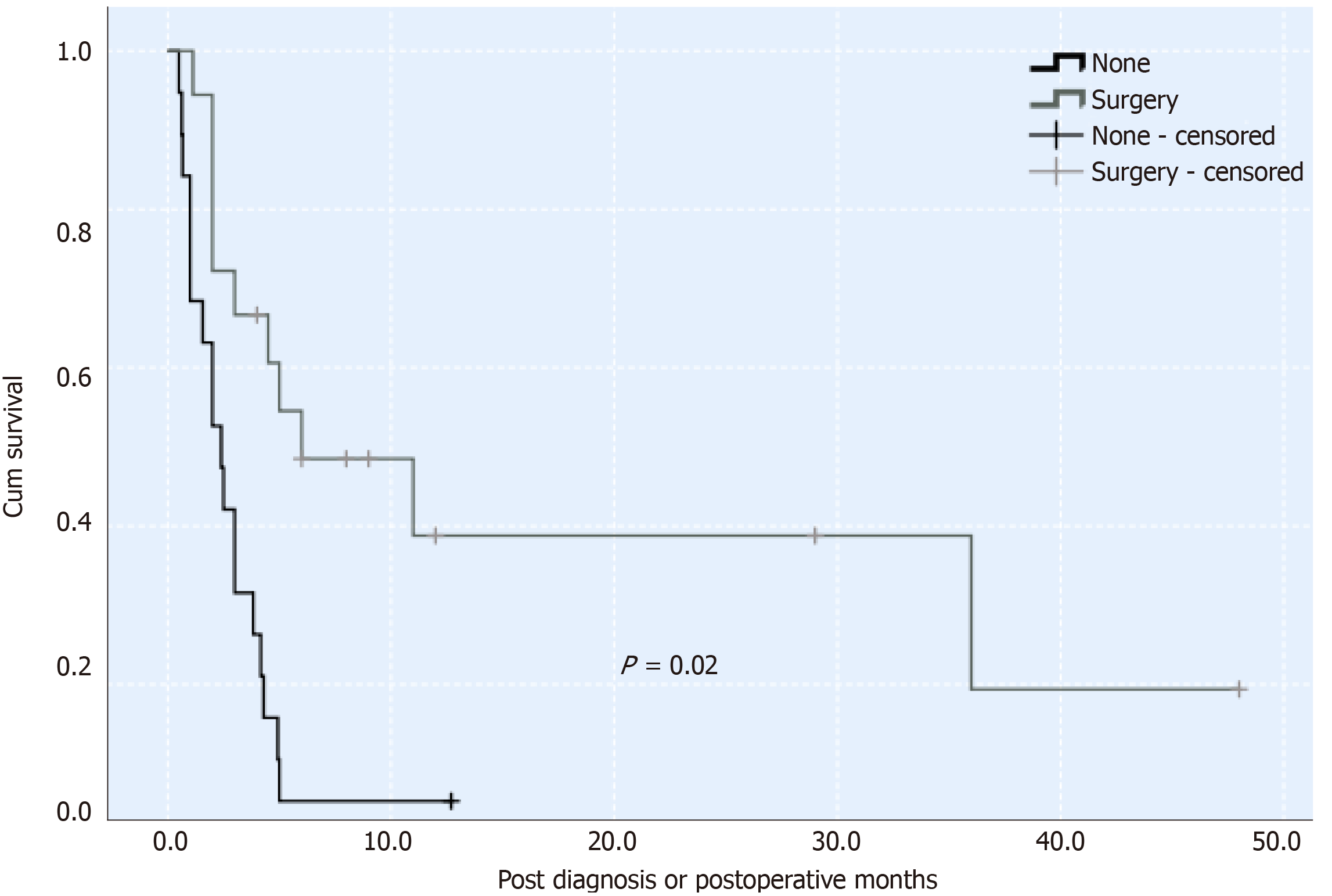Copyright
©The Author(s) 2020.
World J Clin Cases. Jan 6, 2020; 8(1): 208-216
Published online Jan 6, 2020. doi: 10.12998/wjcc.v8.i1.208
Published online Jan 6, 2020. doi: 10.12998/wjcc.v8.i1.208
Figure 1 Magnetic resonance imaging results.
A-B: There is an abnormal lesion occupying the right lobe of the liver, hyperintense on non-contrast T2 weighted images and hypointense on non-contrast T1 weighted images; C-E: A honeycomb-like structure and persistent enhancement with slight transient hepatic parenchymal enhancement around it and adjacent proximal bile duct dilatation with enhancement of the wall on contrast-enhanced T1 weighted images were observed.
Figure 2 Computed tomography images and histopathologic findings (100 ×).
A-C: The right lobe of the liver shows a patchy low-density shadow of approximately 7.0 cm × 5.6 cm with heterogeneous enhancement on magnetic resonance imaging; D: The cells are spindle to round in shape, with scanty cytoplasm and hyperchromatic nuclei, forming nests and microglandular structures.
Figure 3 Survival rates of operated sarcomatous intrahepatic cholangiocarcinoma and non-operative sarcomatous intrahepatic cholangiocarcinoma.
Survival rates of 44 cases of sarcomatous intrahepatic cholangiocarcinoma (SICC) calculated by Kaplan–Meier method [operated SICC (black solid line) and non-operative SICC (grey solid line)] are shown. The difference was estimated using the generalized log-rank method. P values of less than 0.05 are considered statistically significant.
- Citation: Wang Y, Ming JL, Ren XY, Qiu L, Zhou LJ, Yang SD, Fang XM. Sarcomatoid intrahepatic cholangiocarcinoma mimicking liver abscess: A case report. World J Clin Cases 2020; 8(1): 208-216
- URL: https://www.wjgnet.com/2307-8960/full/v8/i1/208.htm
- DOI: https://dx.doi.org/10.12998/wjcc.v8.i1.208











